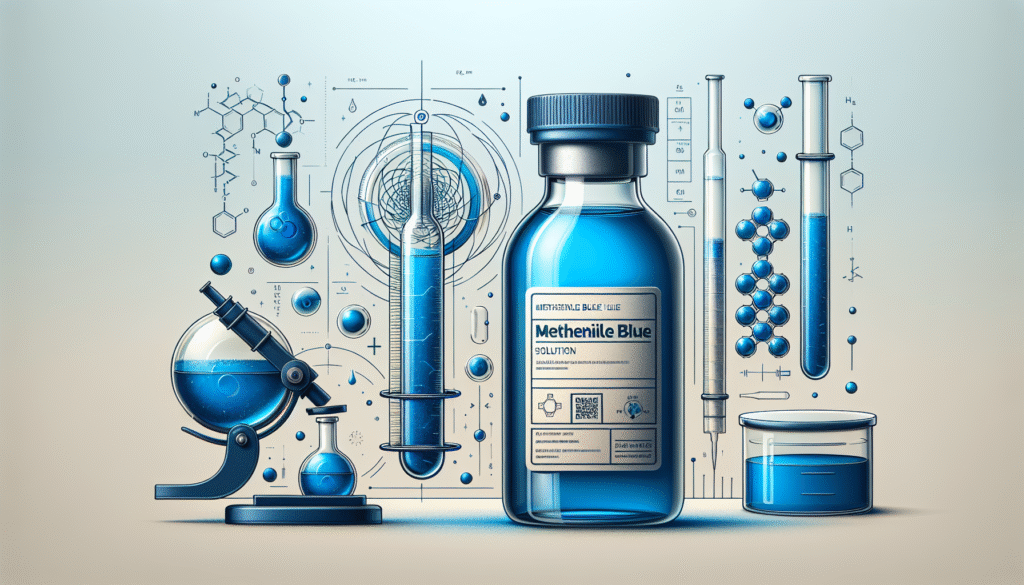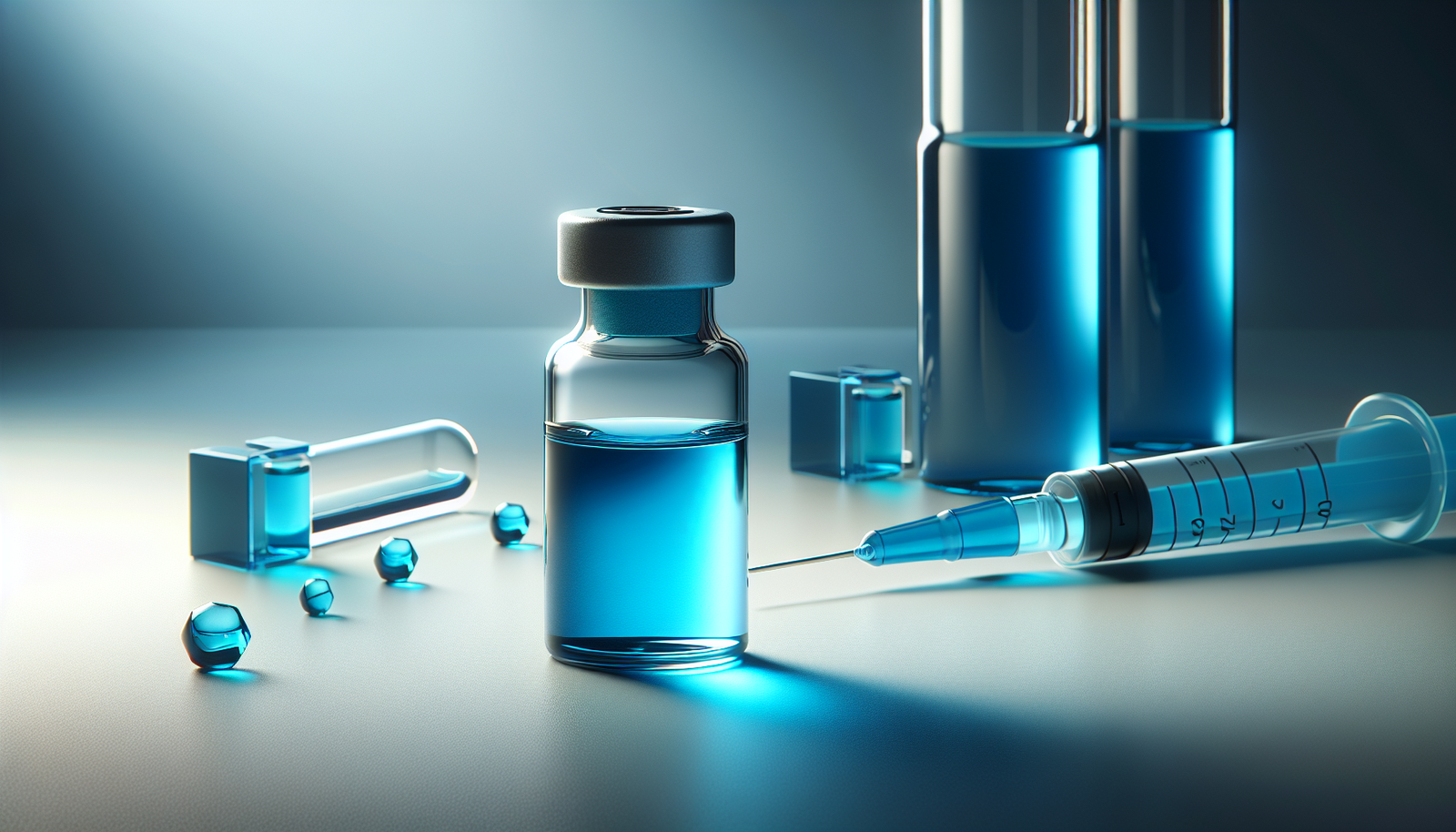
What if a simple dye could hold the key to a myriad of health benefits, ranging from treating specific medical conditions to enhancing cognitive performance? Methylene blue is one such compound, drawing interest in both the scientific community and popular discourse. This comprehensive examination aims to shed light on what methylene blue is, the science behind its functionality, its applications, and potential implications for health and well-being.
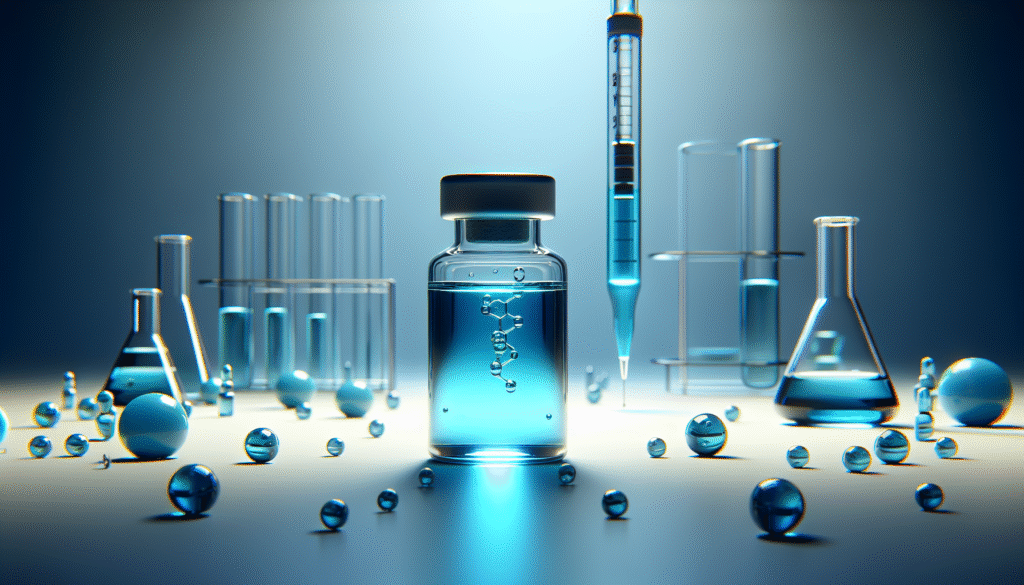
Understanding Methylene Blue
Methylene blue is a synthetic dye that has been utilized for more than a century. Initially developed as a textile dye in the 19th century, it is now recognized for its versatility in medicine, biology, and even neuroscience. At first glance, you might think of it merely as a colorant, but its pharmacological properties are what truly set it apart.
Chemical Composition
The chemical formula for methylene blue is C16H18ClN3S. It exists as a crystalline powder that readily dissolves in water, forming a distinctive blue solution. This compound is a thiazine dye, characterized by a sulfur-containing ring in its molecular structure. Its unique configuration allows it to interact with biological systems in various ways.
Historical Context
Historically, methylene blue first appeared in the scientific literature in 1876, primarily used for staining bacteria in microbiology. Over time, its potential therapeutic applications emerged, particularly during World War I, when it was used to treat malaria. This historical significance adds depth to its modern applications, linking past medical practices with current research trends.
Mechanism of Action
Understanding how methylene blue works requires a look at its biochemical pathways. This compound functions mainly through its ability to participate in redox reactions and its influence on mitochondrial function.
Cyanide Antidote
One of the most notable mechanisms of methylene blue is its role as a cyanide antidote. When cyanide enters the body, it binds to cytochrome c oxidase in mitochondria, inhibiting cellular respiration. Methylene blue, once ingested, gets reduced to leucomethylene blue, which can donate electrons, thus bypassing the inhibited enzyme. This restores the cellular respiration process, allowing the body to mitigate the effects of cyanide poisoning.
Antimicrobial Properties
Methylene blue has been extensively studied for its antimicrobial properties. It exerts a photodynamic effect when exposed to light, generating reactive oxygen species (ROS) that can damage bacterial cells. This mechanism provides a valuable avenue for treating infections caused by bacteria and fungi. Additionally, it has been used in combination therapies to enhance the efficacy of conventional antibiotics.
Neuroprotective Effects
Emerging research has begun to highlight methylene blue’s potential neuroprotective effects. It appears to improve mitochondrial function and reduce oxidative stress, which are significant factors in neurodegenerative diseases like Alzheimer’s and Parkinson’s. By enhancing ATP production, methylene blue may help to preserve cognitive functions linked to memory and learning.
Medical Applications
The multifaceted functionality of methylene blue has led to numerous applications in clinical settings across various fields of medicine.
Treatment of Methemoglobinemia
Methemoglobinemia is a condition where hemoglobin becomes oxidized, rendering it incapable of carrying oxygen effectively. Methylene blue is a well-established treatment for this condition. It helps to revert methemoglobin to its normal state, enabling improved oxygen transport throughout the body. This application represents one of the most direct pharmacological uses of methylene blue in current medical practice.
Antidepressant Effects
Some studies suggest that methylene blue may have antidepressant properties. Its influence on the mitochondrial function and brain metabolism may provide a therapeutic effect for individuals with mood disorders. While more extensive clinical trials are necessary to ascertain its efficacy fully, initial findings are promising.
In Cancer Therapy
Researchers have been investigating methylene blue’s potential role in cancer therapy. Its capacity to generate ROS through light activation can induce apoptosis—or programmed cell death—in cancer cells. This function may lead to innovative treatments for malignancies like breast cancer and prostate cancer, offering a complementary approach to traditional chemotherapy.
Benefits and Limitations
Methylene blue’s benefits stretch across various medical applications, but it is essential also to consider the limitations and risks associated with its use.
Potential Benefits
- Broad Spectrum Antimicrobial: Effective against various bacterial strains.
- Cognitive Enhancement: Possible benefits for memory and cognitive function.
- Safety Profile: Generally well-tolerated at low doses.
- Innovative Therapies: Promising applications in cancer treatment and mood disorders.
Limitations and Risks
- Side Effects: Can cause skin discoloration, gastrointestinal disturbances, and allergic reactions in some individuals.
- Drug Interactions: Methylene blue can interact with several medications, including serotonin inhibitors, leading to serotonin syndrome.
- Dosage Concerns: There is a delicate balance when dosing methylene blue, especially regarding its potential toxicity at higher concentrations.
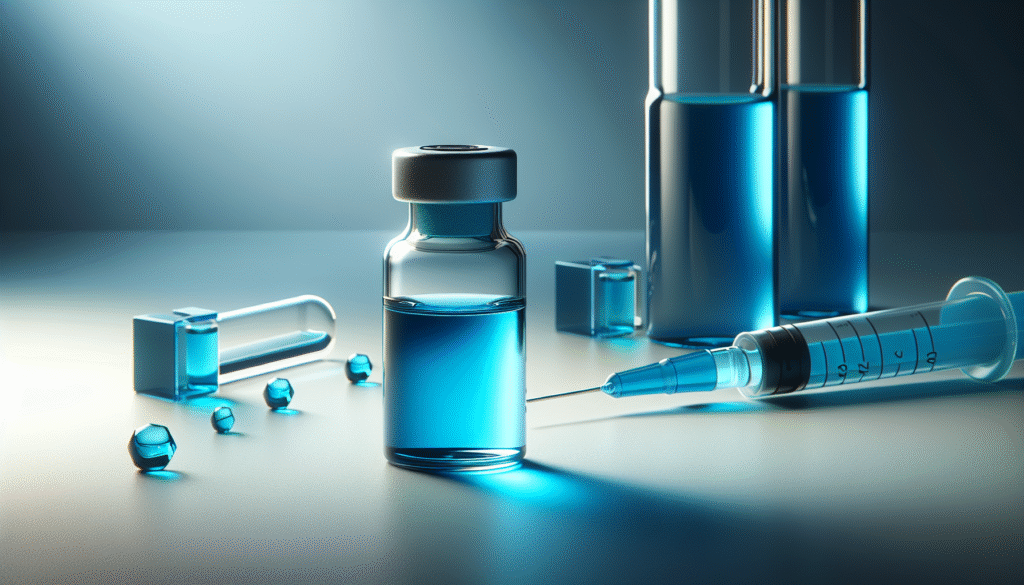
Current Research and Future Directions
As science moves forward, continuous research aims to investigate the full scope of methylene blue’s applications and efficacy. Ongoing clinical trials and studies can yield exciting insights into its varied health benefits.
Clinical Trials
Numerous clinical trials are underway focusing on the effects of methylene blue in neurodegenerative diseases, its relationship with antidepressant treatment, and its potential in treating infections. This growing body of research will provide clearer guidance regarding the proper use and potential new applications of this compound.
Public Interest and Access
With much of the discussion surrounding methylene blue being spurred by anecdotal experiences and online platforms, it is crucial to dissect these narratives critically. The allure of a “miracle” compound can lead to misuse and self-medication without proper oversight from healthcare professionals. As a result, establishing guidelines for responsible use and disseminating accurate information should be prioritized.
Dosage and Administration
Understanding how to properly dose and administer methylene blue is vital for ensuring safety and efficacy. The dosing regimen may vary according to the condition being treated.
Recommended Dosages
| Condition | Dosage | Frequency |
|---|---|---|
| Methemoglobinemia | 1-2 mg/kg IV | Once (may repeat as needed) |
| Depression | 15-60 mg orally | Daily |
| Cognitive Enhancement | 0.5-4 mg/kg orally | Daily |
Administration Methods
Methylene blue can be administered in various forms, including intravenous injection, oral tablets, and topical solutions. The chosen method depends on the specific condition and patient needs.
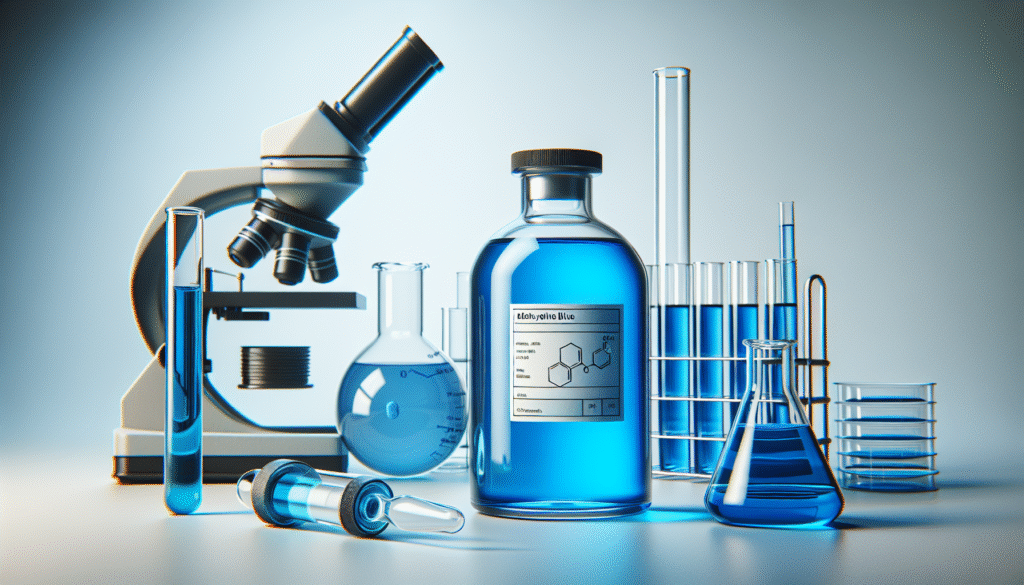
Safety Considerations
Considering safety is paramount when utilizing methylene blue.
Who Should Avoid Methylene Blue?
Certain populations should avoid methylene blue due to potential contraindications or risks. These include:
- Individuals with G6PD deficiency, as methylene blue can provoke hemolytic anemia.
- Pregnant or breastfeeding women should exercise caution and consult healthcare providers.
- Patients on certain medications, especially SSRIs or MAOIs.
Monitoring While on Treatment
Regular monitoring is essential for individuals undergoing treatment with methylene blue. Periodic blood tests can help evaluate hemoglobin levels and organ function, ensuring that any side effects are promptly identified and addressed.
Conclusion
Given its diverse therapeutic potential, methylene blue is a fascinating compound that bridges centuries of medical history with innovative research. From treating methemoglobinemia to offering possibilities in mental health and neuroprotection, its applications reflect an expanding horizon of healthcare. However, like any therapeutic agent, a balanced perspective is crucial. The need for ongoing research, careful administration, and a thorough understanding of potential side effects are essential components of harnessing methylene blue’s full potential. Exploring the breadth of its capabilities can lead us to promising pathways in medicine, ultimately contributing to better health outcomes.
